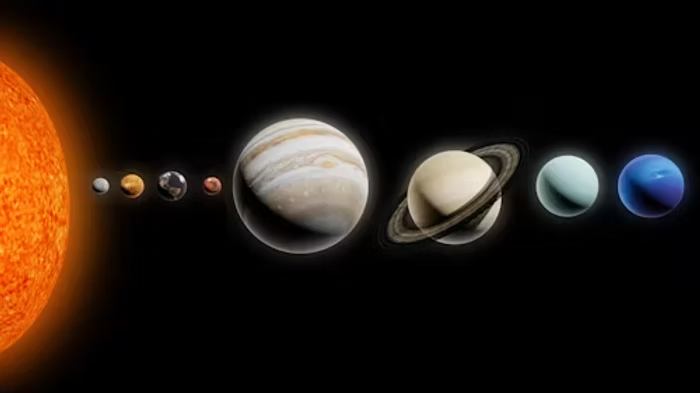ASTORIA, Oregon – The Solar System, a vast and intriguing ensemble, serves as the cosmic neighborhood for Earth. Anchored by the Sun at its center, this celestial system comprises eight primary planets, each offering unique characteristics and mysteries. Mercury, the closest planet to the Sun, is a small, rocky world with extreme temperatures. Venus, often called Earth’s twin due to its similar size and composition, is shrouded in thick sulfuric acid clouds and boasts surface temperatures hot enough to melt lead. Earth, our home, is the only planet known to support life, with its abundant water and diverse ecosystems. Mars, the Red Planet, has captivated human imagination with its potential for past or present life. Its landscape features the largest volcano in the Solar System, Olympus Mons, and vast canyons. Beyond Mars lies the asteroid belt, a region filled with rocky remnants from the solar system’s formation. Jupiter, the giant of the Solar System, is a massive gas planet with a strong magnetic field and dozens of moons, including the intriguing icy world of Europa. Saturn, famous for its stunning ring system, is another gas giant, home to the enigmatic moon Titan, which has a thick atmosphere and lakes of liquid methane. Uranus, an ice giant, orbits the Sun on its side and has a bluish hue due to methane in its atmosphere. Neptune, the farthest planet from the Sun, is another ice giant with supersonic winds and a striking deep blue color. Together, these planets, their moons, and other celestial bodies form the captivating Solar System, a testament to the diversity and wonder of the cosmos.
The Cosmic Neighborhood: An Overview of Our Solar System













